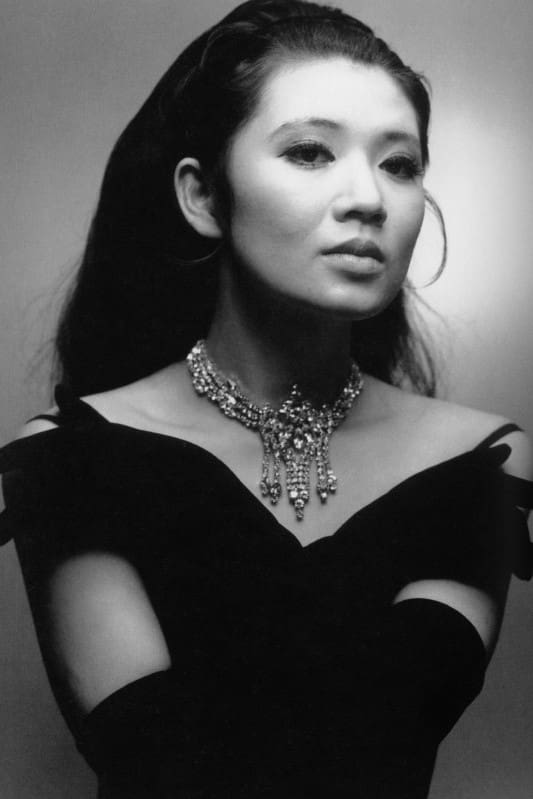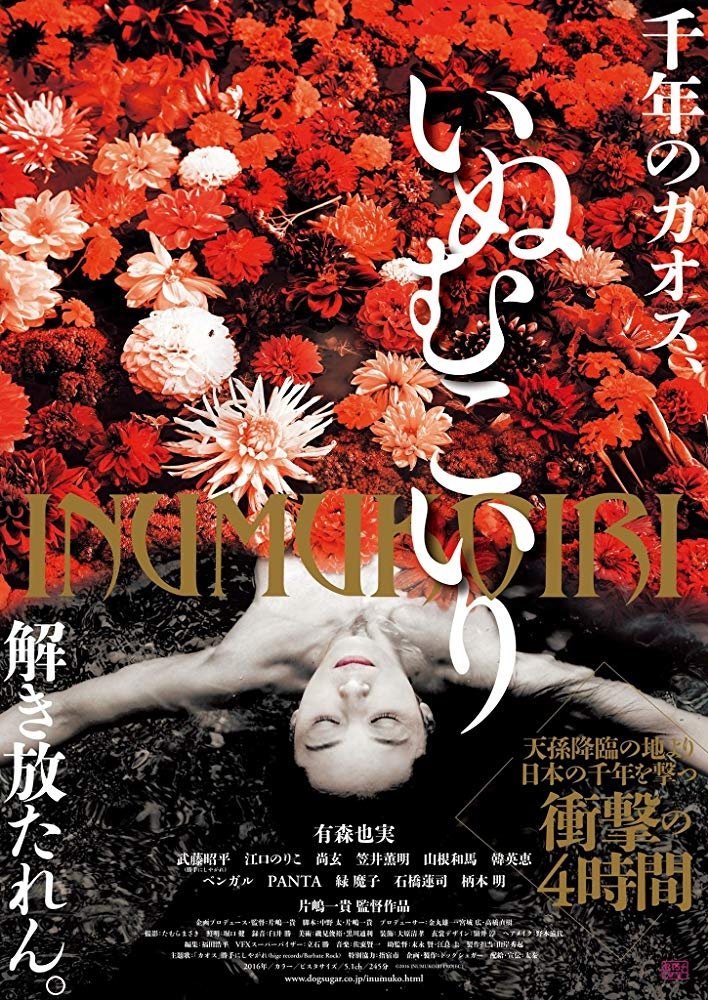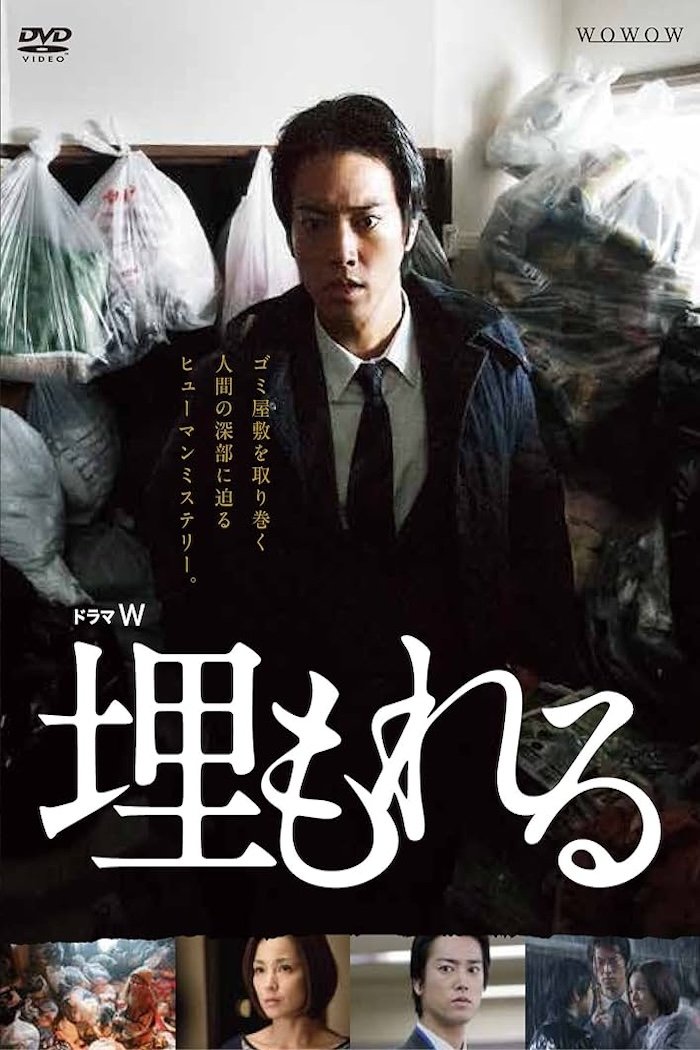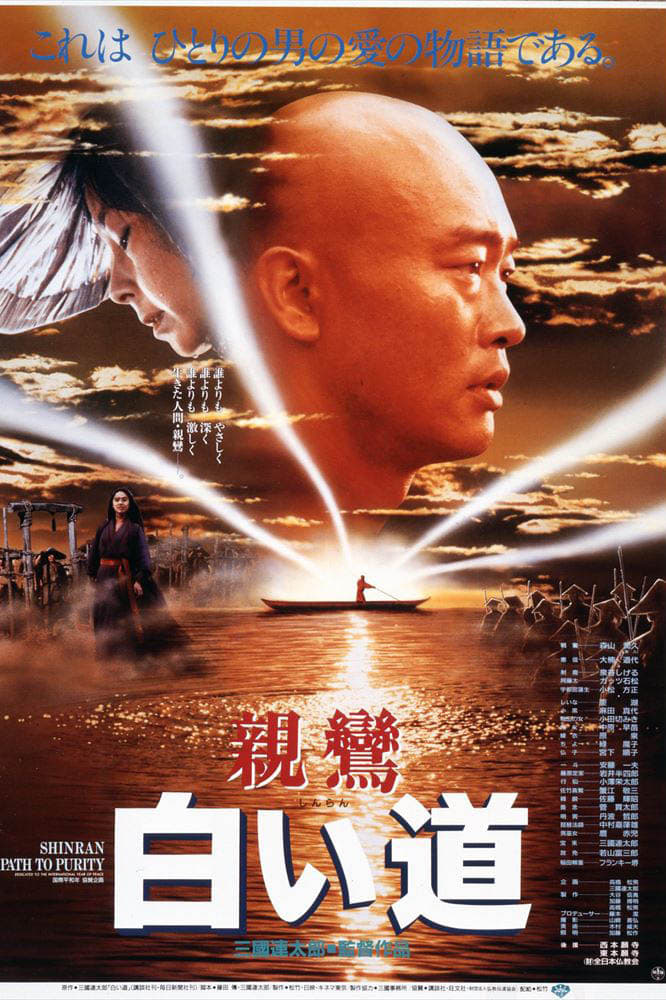

In the closing days of World War II, Japanese-American Hiromi, a girl age 16, encounters an American deserter, Bob, and a Japanese soldier, Iwabuchi, living together in a cave on a small island in Okinawa. The two men are deserters from their armies; yet both vow never to harm another human being again. Hiromi looks after the deserters until another soldier appears and the peace of the cave is shattered. It leads to the death of three of them and a fascinating mystery that isn't solved until the present day.

Ninomiya Azusa is a depressed elementary school teacher in Tokyo, who has problems both at work and in her personal life. One day, she suddenly hears a voice saying "If you go to Imore Island, you will get what you want.", so she decides to give it a try.


Film director Mario Baba meets a mysterious gentleman, and realizes he is a important man from his boyhood. The two chase each other around, causing a lot of commotion.

In the 12th century, Buddhism was still a relatively new religion in Japan. At that time, one school (Shingon) offered extensive training in complex and very demanding practices which might eventually bring about spiritual purification and realization. Various Zen schools offered students a lengthy path, literally composed of a blank wall and unceasing meditation. Yet another school (Tendai) emphasized complex metaphysics and the study of philosophical systems. Basically, all of them were designed to cater to the few who were able to give up everything else in their lives and focus on liberation, such as scholars and noblemen. In this historical and biographical drama, this is the situation that the young Shinran (1173-1263) discovered when he began exploring Buddhism as an alternative to the violence and ceaseless civil wars that racked Japan at the time.
By browsing this website, you accept our cookies policy.